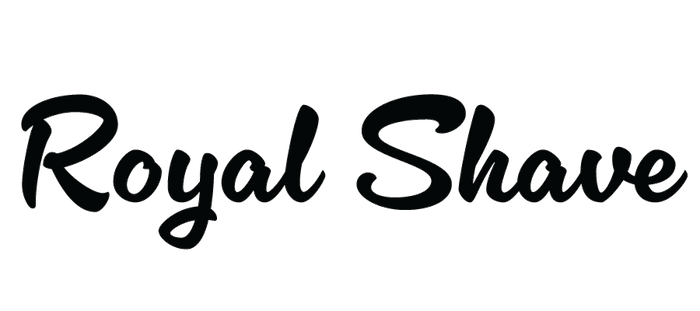Ah you’ve finally shown interest in the art of wet shaving. Since you've decided to participate in this age old self care tradition, now would be a good time to look at what options you have. Let’s take it back to basics. What is the difference between straight razors and safety razors and how do you know which tool is the best one for you? It’s not a given that every man knows this information, so the Royal Shave team has taken the time to break it down to you.

What is a Safety Razor?
A Safety Razor is typically a razor with a single blade and vertical handle. In terms of structure, it may be the most familiar to you because it resembles the more ordinary disposable cartridge razor. It has a handle you can easily grip and a head, like the ones you can find in most grocery stores. In terms of popularity, this is the easiest choice for people as it is most familiar to use and the learning curve is not too difficult.
So what is the difference between a safety razor and a cartridge razor? The safety razor contains only one blade whereas cartridge razors usually contain 2-6 blades. Although suggested otherwise, fewer blades give a better shave. The more blades you have, the more likely that the razor will scratch your skin and cause unnecessary damage.
Worried about cutting yourself with a safety razor? You shouldn’t as much, as each safety razor is designed with a guard in the center. This is to keep you from over-angling the blade applying too much pressure to your skin, reducing the likelihood of nicks or cuts. This design is arguably why it was given the name, “Safety Razor”.

What is a Straight Razor?
Straight razors are easily distinguished from their safety razor cousins by their design. They fold into the handle with one long, free blade edge similar to a knife. These take a little more TLC to maintain and need to be frequently sharpened and cleaned. You’re probably familiar with seeing these razors by barbers with a leather strop. With proper maintenance, these can last for years.The sister to a straight razor is the Shavette. Similar in shape, the difference lies in that the blades are replaceable. So instead of having to sharpen the Shavette, you would just replace the blade as needed.
Safety Razor
Pros:
- May be easier to use for beginners
- Safety guard prevents more nicks and cuts
- Blades are affordable to replace
Cons:
- There is still a learning curve
- Not as easy to use as most people think
Should I use a Straight Razor?
Pros:
- A more customizable shave
- Don’t need to replace the razors
- A single pass can shave a larger area
- Appreciate the art of the shave
Cons:
- More difficult to learn how to use
- More likely to make errors
Regardless of which tool you choose, be sure to take the time to learn how to use it properly. You’re going to want to slow down and prep your skin with the right products before starting. It’s also good to remember that wet shaving has a learning curve, but once you get the hang of things it's guaranteed you’re not going back.



